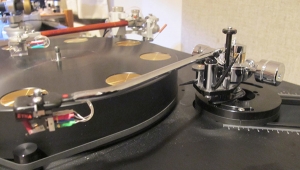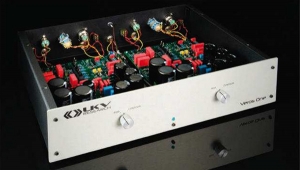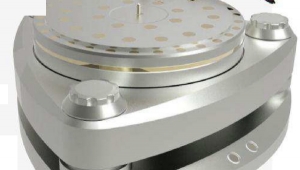| Columns Retired Columns & Blogs |
I had a chance to see/hear this unit work with an AMG turntable kit.
It works incredibly well and is the 'end all' for those looking to get rid of LP static charges. It does work continually and without issues. It looks really cool as well!












































